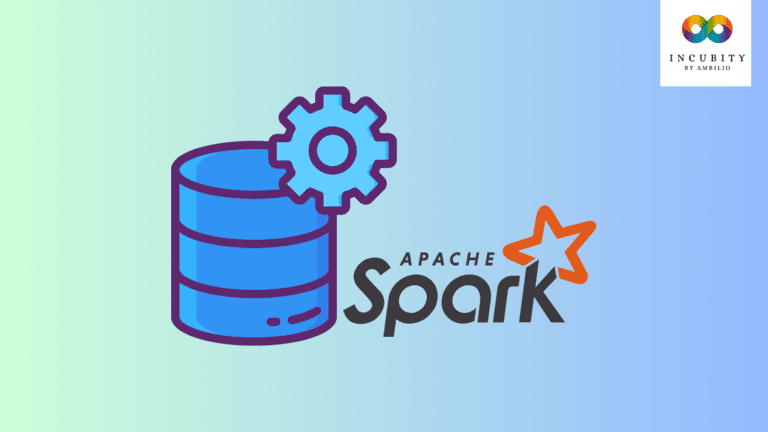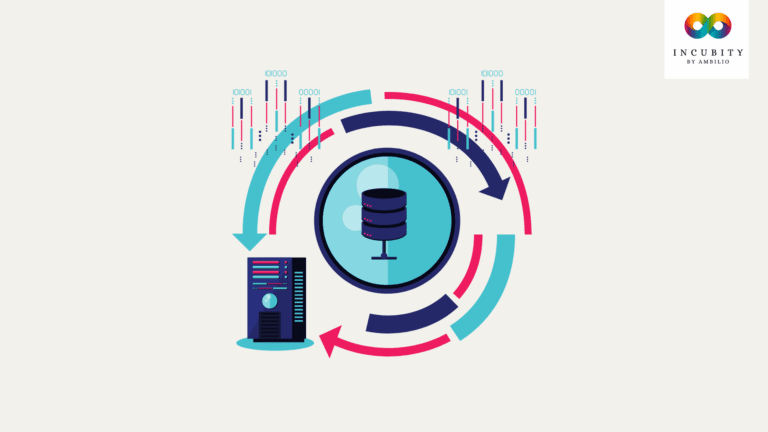Scala is a powerful programming language that is widely used in the field of data engineering. Its support for functional programming and strong typing makes it an excellent choice for working with large data sets and building scalable applications. Data engineering involves designing, developing, and maintaining data pipelines and infrastructure that enable efficient and reliable data processing. As more and more organizations rely on big data to drive decision-making, the demand for skilled data engineers who can work with Scala is growing rapidly. Mastering Scala as a skill can help individuals become competitive in the job market and advance their careers in data engineering.
Considering its demand, we present here a detailed coverage of Scala in the context of data engineering with its applications across industries.
What is scala?
Scala is a general-purpose programming language that has gained popularity in the field of data engineering. It combines object-oriented programming with functional programming, providing a powerful toolset for developing large-scale data processing applications.
In the context of data engineering, Scala is often used with Apache Spark, a popular distributed computing framework for processing large data sets. Spark is written in Scala, and the two technologies complement each other well. Scala provides a concise syntax and functional constructs that make it easy to write complex data processing logic, while Spark provides a powerful engine for executing that logic in a distributed and fault-tolerant manner.
Data engineers use Scala to build data pipelines that collect, transform, and load data into data storage systems like data warehouses or data lakes. The ability to write code that can be executed in parallel across a distributed system is crucial for scaling these pipelines to handle large data volumes.
Scala’s type system and immutability make it easier to reason about complex data processing logic, reducing the likelihood of errors that could impact the integrity of the data. Furthermore, Scala’s interoperability with Java allows data engineers to leverage the vast ecosystem of Java libraries and frameworks to build robust data processing applications.
How scala is used in data engineering?
Scala is a popular language in the field of data engineering because of its powerful functional programming capabilities, strong type system, and ability to work seamlessly with big data processing frameworks like Apache Spark. Here are some ways Scala is used in data engineering.
- Data Processing: Scala is used to writing complex data processing logic for batch and real-time processing. With Scala, data engineers can write concise and easy-to-read code that can be executed in parallel across distributed systems.
- ETL Pipelines: Scala is used to building ETL pipelines that extract, transform, and load data from various sources into data storage systems like data lakes or data warehouses. With Scala, data engineers can easily handle large and complex data sets and perform transformations like filtering, aggregations, and joins.
- Big Data Processing: Scala is used in big data processing frameworks like Apache Spark, which is written in Scala. Scala provides a concise syntax and functional constructs that make it easy to write complex data processing logic, while Spark provides a powerful engine for executing that logic in a distributed and fault-tolerant manner.
- Machine Learning: Scala is used in machine learning libraries like Apache Mahout, which provides scalable machine learning algorithms for big data. Scala’s strong type system and functional constructs make it easy to write machine learning algorithms that can be executed in parallel across distributed systems.
- Real-time Data Processing: Scala is used to writing real-time data processing applications that process data as it streams in from various sources. With Scala, data engineers can build efficient and scalable real-time data processing pipelines that handle large and complex data sets in real-time.
Real-world applications of scala in data engineering
Scala is used in various real-world applications in the field of data engineering. Here are some examples.
Real-time Analytics
Scala is used in real-time analytics applications where data is processed and analyzed in real-time. Scala’s functional programming constructs and support for distributed computing frameworks like Apache Spark make it an ideal language for building real-time analytics pipelines that can handle large and complex data sets.
Fraud Detection
Scala is used in fraud detection applications where data engineers need to analyze large amounts of data in real-time to detect fraudulent activities. Scala’s strong type system and support for functional programming make it an ideal language for building efficient and scalable fraud detection pipelines.
Recommendation Systems
Scala is used in recommendation systems that use machine learning algorithms to recommend products, services, or content to users. Scala’s support for distributed computing frameworks like Apache Spark and machine learning libraries like Apache Mahout make it an ideal language for building recommendation systems that can handle large and complex data sets.
Predictive Analytics
Scala is used in predictive analytics applications where data engineers need to build models that predict future outcomes based on historical data. Scala’s support for machine learning libraries like Apache Spark and Apache Mahout makes it an ideal language for building scalable and efficient predictive analytics pipelines.
IoT Data Processing
Scala is used in Internet of Things (IoT) applications where data is generated from a large number of connected devices in real-time. Scala’s support for distributed computing frameworks like Apache Spark and its ability to handle real-time data streams make it an ideal language for building efficient and scalable IoT data processing pipelines.
Which industries use scala mostly?
Scala is used across a wide range of industries, with a particular focus on those that require processing and analyzing large amounts of data. Here are some examples of industries that use Scala.
- Finance: The finance industry relies heavily on data processing and analysis, making Scala a popular choice for building data pipelines and analytical tools. Scala is used for applications like fraud detection, risk management, and algorithmic trading.
- Healthcare: The healthcare industry generates vast amounts of data from electronic health records, medical imaging, and patient monitoring devices. Scala is used for building data pipelines that collect and process this data, as well as for building analytical tools for disease diagnosis, drug discovery, and treatment planning.
- E-commerce: E-commerce companies deal with large volumes of data related to customer behaviour, product sales, and inventory management. Scala is used for building data pipelines that collect and process this data, as well as for building recommendation systems that provide personalized product recommendations to customers.
- Telecommunications: Telecommunications companies generate vast amounts of data related to network performance, customer usage, and billing. Scala is used for building data pipelines that collect and process this data, as well as for building predictive analytics models that identify potential network outages or billing issues.
- Technology: Technology companies use Scala for a wide range of applications, including big data processing, machine learning, and real-time data processing. Scala is particularly well-suited for building distributed computing systems that can handle large amounts of data and scale to meet changing business needs.
In these industries, Scala is typically used for the data engineering and data science parts of the business. Data engineers use Scala to build data pipelines, while data scientists use Scala to build analytical models and tools for extracting insights from the data.
Industry-relevant Examples
Here are the best three examples of using Scala at the industry level.
Real-Time Fraud Detection
Many financial institutions use real-time fraud detection systems to monitor transactions and prevent fraud. These systems need to analyze large volumes of data in real-time to identify potentially fraudulent activity. Scala can be used to build data pipelines that collect and process transaction data, as well as real-time analytics applications that use machine learning algorithms to detect fraudulent behaviour. By using Scala, data engineers can build scalable and efficient fraud detection pipelines that can handle large volumes of data and identify potential fraud quickly.
Personalized Marketing
E-commerce companies often use personalized marketing to increase customer engagement and sales. To do this, they need to collect and analyze large amounts of customer data, including browsing behaviour, purchase history, and demographic information. Scala can be used to build data pipelines that collect and process this data, as well as machine learning models that identify patterns in customer behaviour and make personalized product recommendations. By using Scala, data engineers can build scalable and efficient data pipelines and analytical models that can handle large volumes of data and provide real-time recommendations to customers.
Predictive Maintenance
Manufacturing companies often use predictive maintenance systems to monitor equipment performance and prevent downtime. These systems need to analyze large volumes of sensor data in real-time to identify potential issues before they cause equipment failure. Scala can be used to build data pipelines that collect and process sensor data, as well as machine learning models that identify patterns in equipment performance and predict when maintenance is needed. By using Scala, data engineers can build scalable and efficient data pipelines and analytical models that can handle large volumes of sensor data and provide real-time alerts when maintenance is needed.







